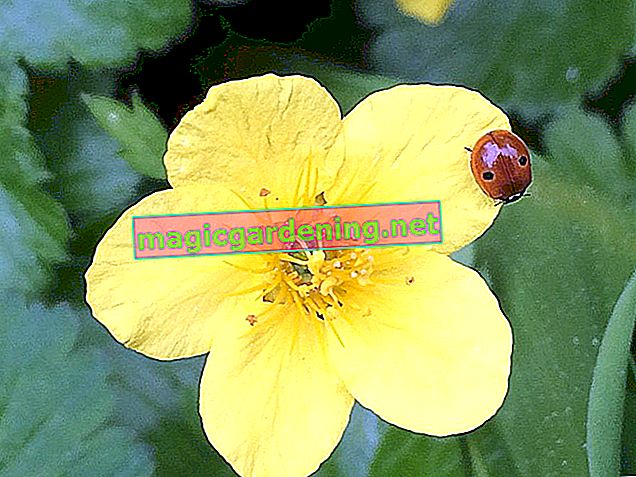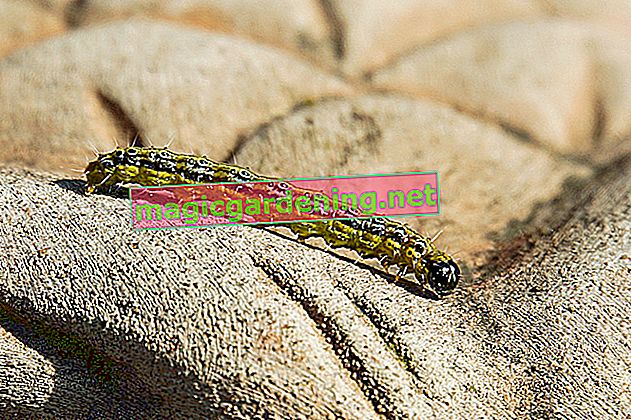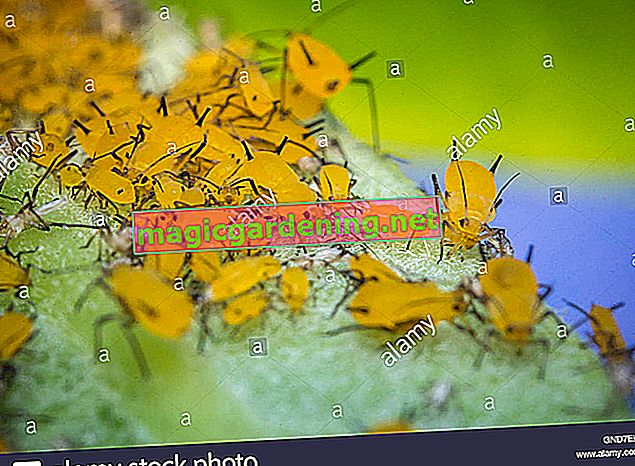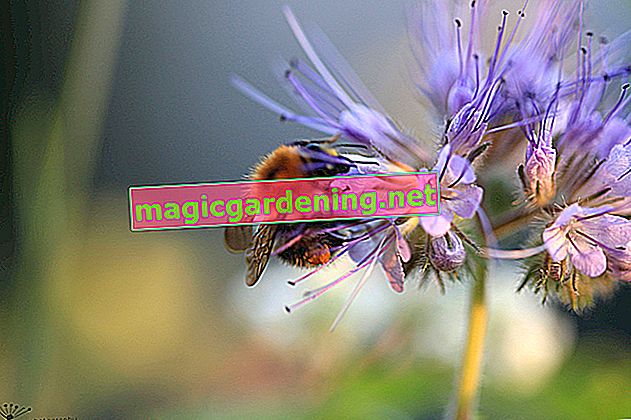
Good arguments for the targeted rearing of ladybirds
Breeding ladybirds yourself naturally has horticultural advantages. The sympathetic fellows are, after all, hard-working pest killers and can effectively decimate aphids in particular. On the other hand, it is also exciting to follow the development of the beetle from egg to adult imago up close. Such a project can arouse dormant biological interest, especially in children.
also read
- How ladybugs settle
- How to attract ladybugs
- A wanted poster about the ladybug
Own ladybird breeding
Various ready-made breeding sets for rearing ladybirds, including additional material for documentation and playful implementation, are available on the Internet. You can also easily set up your vivarium yourself. You don't need a lot for this:
- A large glass with a capacity of about one liter
- A piece of insect screen
- A rubber band
- 1-2 pieces of crepe paper
- Plants infested with aphids
- And of course ladybugs
1. Prepare the vivarium
First of all, prepare the glass for your future ladybug colony as a small, species-appropriate oasis. That has to happen in spring, around April. To do this, first line the glass bottom with crepe paper that has been folded up several times. Its purpose is to hold moisture in small amounts, similar to what cress seeds do on the windowsill.
2. Equip the vivarium
Then go out in search of the first aphid-infested plants. The lice initially reproduce asexually in the spring and are very productive. You may also find aphids or scale insects on your houseplants.
At the same time, keep an eye out for ladybugs. You have a good chance of discovering them when searching through thick bushes, piles of leaves or nettle tuffs. The animals like to stay in such protected places after the winter. Of course, you need a bit of luck to catch both males and females. Unfortunately, they practically do not differ externally at all.
Alternatively, later in the year, around mid-May, you can also collect ladybird larvae from the underside of leaves and trunks. The spectacle of the pairing is then of course withheld from you.
Gently collect rogue plant stems and leaves and the ladybugs and place them in the jar.
3. Close air-permeable and maintain
After assembly, close the jar with the piece of insect gauze and secure it with the rubber band. Put it in a warm place protected from direct sunlight. For maintenance, the vivarium must be moistened daily with a water disperser. Also make sure that the ladybirds always get a supply of plant parts infected with aphids or scale insects and also get some honey.
4. Observe
Now you can follow the development of your own lucky charms. After mating, the female will hopefully lay eggs on the leaves of the plants in the vivarium. The larvae hatch after about 5-8 days. Now you have to take care of more aphids again so that the larvae don't eat each other. It takes another 1-2 months until pupation. Then the finished beetles hatch with the species-specific coloring! Now you can put them out and enjoy their garden help or simply their friendly, lovely company.








